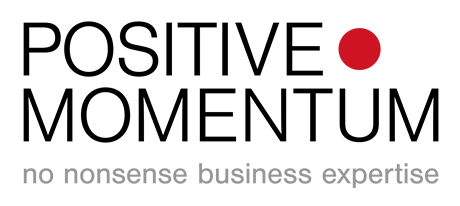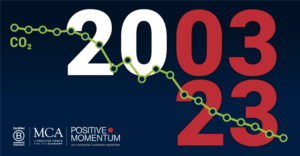As the world opens up again business leaders have a unique window of opportunity to put in place changes that make the new normal better.
Instead of pining for the old days of business as usual start planning your route back to better. For some organisations, business as usual (BAU) has been a cuckoo in the nest for years taking up energy and resources that might have fed a new growth opportunity. There are very few businesses operating close to BAU under the circumstances so why not use this period to change?
“Never waste a good crisis”
I’ve read the Churchillian quote a few times recently and usually in the context of cost cutting, or chopping out the deadwood. I believe #backtobetter is more than this. Back to better is a challenge to form a new normal that is more resource efficient, responsible, resilient and frankly more fun. Here’s three areas where you might find ways to get back to better:
What are the best bits of BAU that are worth pining for?
Think about why you are in business in the first place? Why does it matter? What are you really good at? For example:
- Who are the customers for whom you delivered the most value? What makes the difference and how might you do this, and more in the times ahead?
- Who are the colleagues that are making the greatest contribution? What do they do that is special and what drives them to do this?
- Who are the suppliers that are essential to your supply chain’s resilience? How have they coped with the circumstances and how might you strengthen the bonds?
M&S and the NHS are like brother and sister brands that are part of the British psyche. M&S’s “We’re all in this together” campaign is a brilliant example of how to bring dignity to patients and pride to nurses by doing what you do best – supply them with quality food and clothing. Back to better for M&S might see more T-shirts printed in Leeds, stronger connections to local and a re-affirmation of why we love the M&S brand
What have you had to change quickly that you can hold on to and build into your new normal?
There have been some incredible examples of rapid innovation driven by necessity and that will remain in place for example:
Remote teams. Many businesses have had to quickly invest in the skills processes and systems for large scale remote working. For many organisations this will carry on in part or in full as it can save money, time and if set up well this can be a far more productive and enjoyable way of working. A chance to rethink the purpose of the office and the integration of remote working to optimize both.
Virtual engagements. Many businesses from auditors, consultants, engineers, surveyors, schools, tutors, etc have had to re-engineer how they access clients and places to switch rapidly from face-to-face to virtual. The engineer needing a site manager to show them around a facility using their iPhone, or even Google-Glass. Saves time, travel, cost and emissions and done well can be highly interactive, higher quality and far more productive.
Scaled up online solutions. Really obvious example being DIY retail and Builders merchants that have responded by cranking up their click n collect, boosted delivery capability and streamlined the range/SKUs. Mick George (regional aggregates business) have almost cornered the building trade supplies scaling up their delivery business overnight, B&Q rescued Easter for DIYers with a rapidly re-vamped click n collect, and really interestingly many entrepreneurs are thriving with local food/farm shop style deliveries.
What risks have become clear now, that were less visible in BAU times?
For many organisations this will have been around supply chains, resilience or exposed business model.
a. Many supply chains are now webs and not just linear meaning that it is no longer a case of a weak link in a chain, but a hole in the mesh. A really unusual example of success is www.whogivesacrap.com purpose driven suppliers of toilet paper who nate 50% of profits to sanitation projects abroad. The panicked rush to buy toilet roll might have left their existing customers short so they were incredibly fast to re-assure, prioritise stock for existing customers and at the same time expand the waiting list for new ones.
b. Resilience may be the buzz word for LinkedIn 2020 and seen as a key outcome from corporate Sustainability. Meaning the ability of a business to recover quickly from difficulties and spring back into shape. When tested, how do you respond? A resilient business will have the cash, confidence and collective spirit to get through this period and emerge stronger.
c. The high street, now a largely vacant, abandoned space has meant that those businesses whose model evolves around the high street will have shut down and be questioning if it will ever return to how its was (albeit already challenging). A retailers ability to pivot to on-line and at the same time adapt its online offer e.g. to sell a work-from-home wardrobe, John Lewis’s on-line one-on-one appointments and a great brand Arc’Teryx that catches attention by doing something heart warmingly good in switching to making medical gowns.









